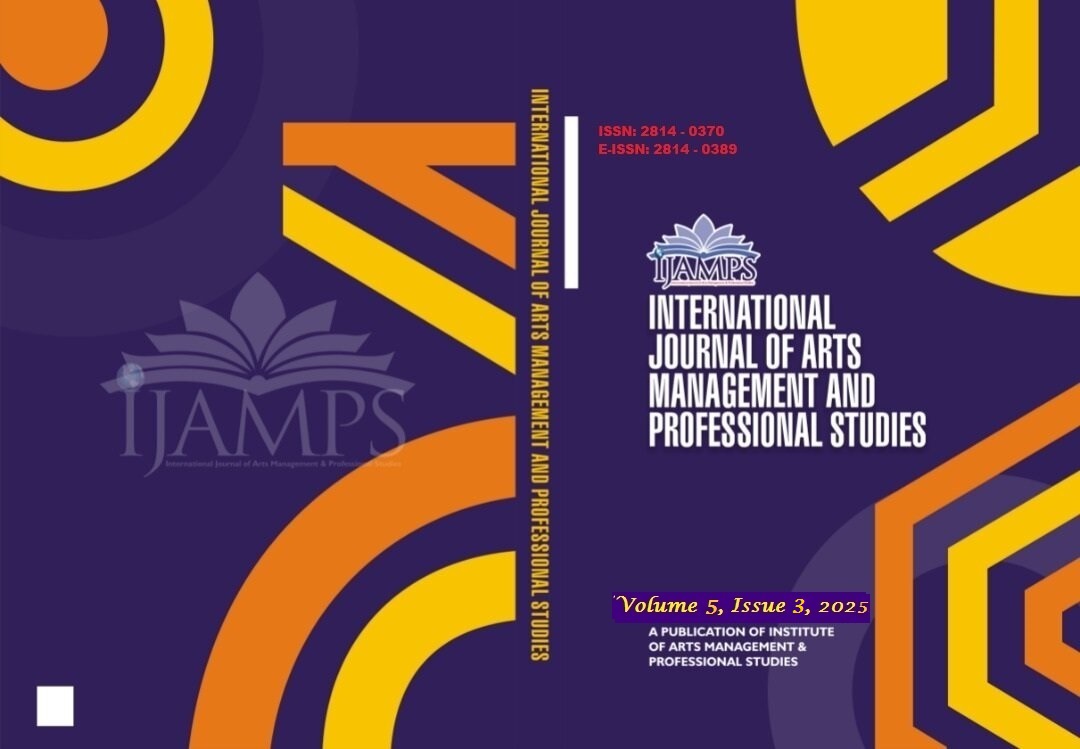
Crime And Social Order In Post-Subsidy Regime: A Qualitative Investigation
Dr. Bassey Moses Ogar
Volume 5, Issue 3, September 2025
This study investigated the social and criminal dynamics following subsidy removal, focusing on the interplay between economic strain, crime patterns, and community adaptations using qualitative approach(document analysis). It was evident that there were changes in crime rates; there was an increase in petty theft by 27%, fuel smuggling by 83%, and a rise in cyber fraud offences by 88%, but also a decrease in violent assault by 7%. Such changes pointed to survival crimes triggered by economic strain after shedding subsidies and post-subsidy adaptations. Community contributions comprised localised forms like neighbourhood watches, which have been adopted by 42% of the urban populace, and barter systems, with 28% adoption in rural areas. The study further described institutional distrust as having a significant impact, where 68 per cent of the respondents shared a view of the removal of subsidies as an institutional failure. This breakdown of confidence was coupled with low reporting of crimes and high incidences of seeking protection from fellow citizens. The findings incorporated cybercrime as a form of adaptation in the digitised economy within the framework of general strain theory. They expanded the social disorganisation theory to consider the geography of crimes. Stakeholders focused on gradually implementing subsidy reforms, leaving adequate and sound social safety net structures and services for customer trust replenishment, and promoting digital literacy. Future studies should carry out cross-sectional and qualitative studies to get insights into the long-term effects of subsidy reforms on social order.